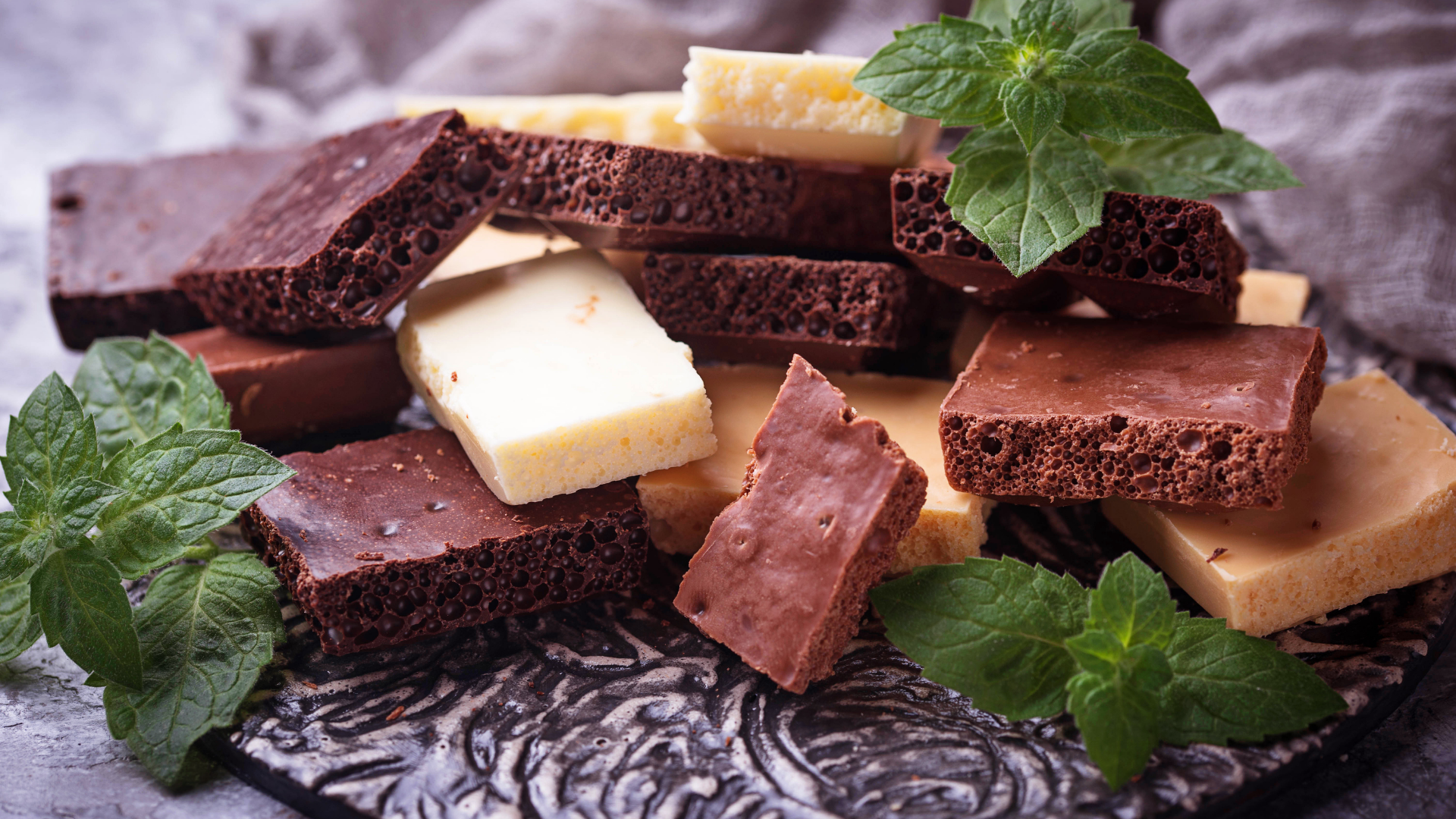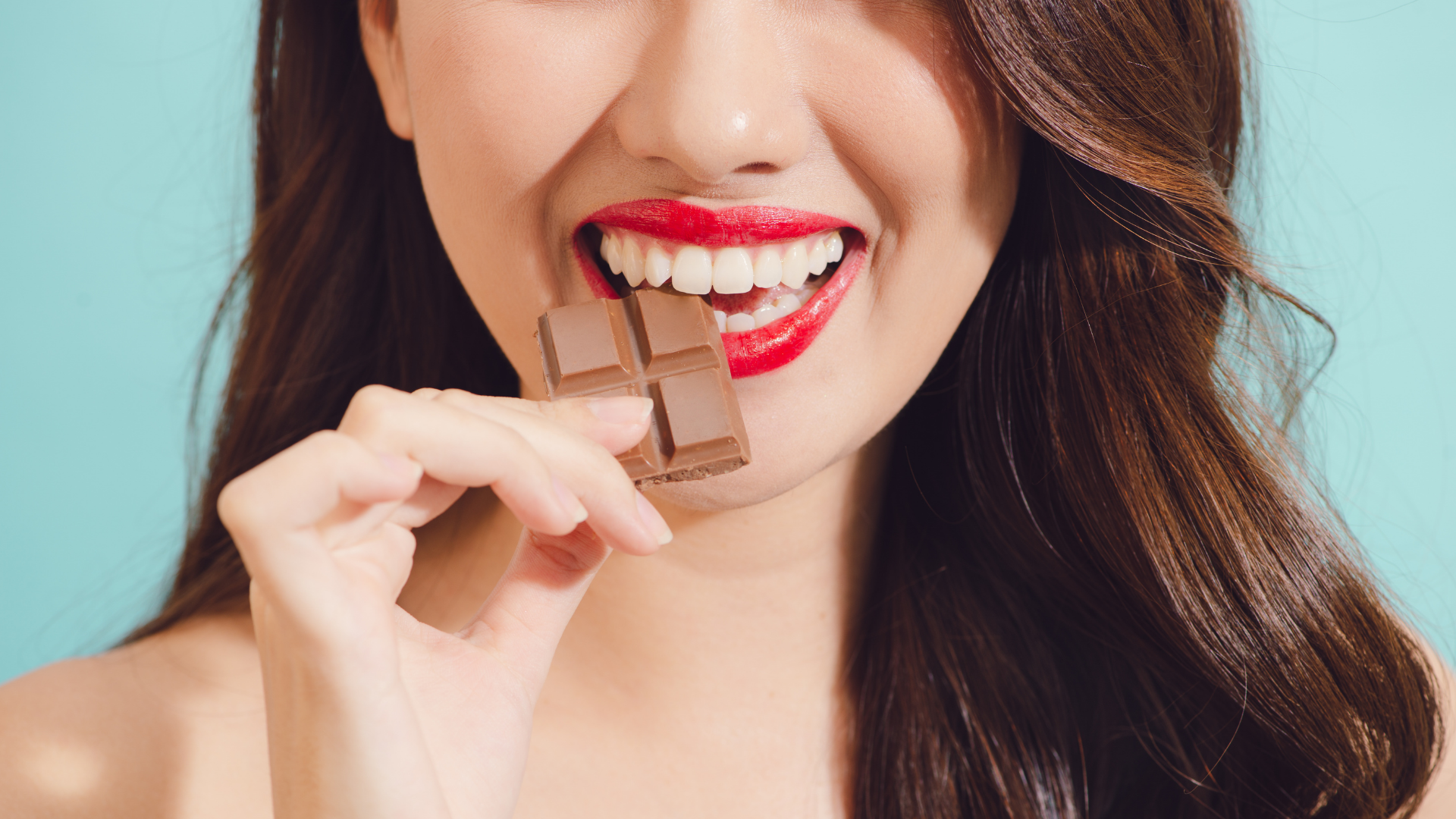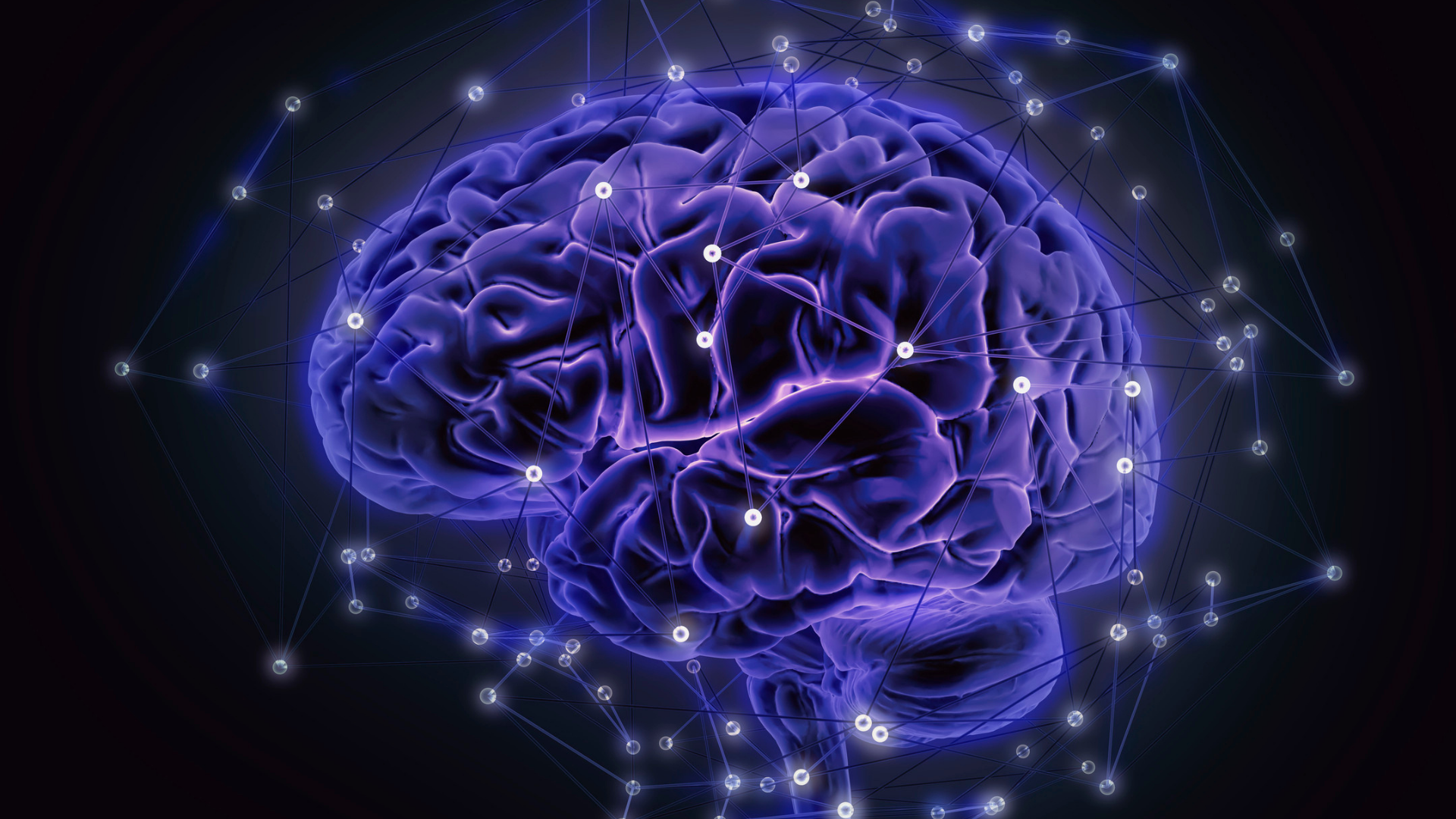Sign-Up For The NeuroGym Newsletter And Join The Innercise Revolution!
We value your privacy and would never spam you.
brain science
Brain science can seem like a topic you know nothing about.
What about chocolate?
You probably know all about eating it and relishing in the taste of good-quality chocolate.
Eating chocolate can teach you a lot about what’s happening in your brain. Let’s explore this some more.
Flavor is what all of us crave from food. We want something sweet, salty, sour, bitter, or packed with umami.
The thing is that food doesn’t actually contain any flavor.
Food does have certain properties that create flavor to an extent, but these properties also interact with your sensory system.
The information from your sensory system is sent to your brain and combines with previous memories to create a perception of flavor.
The amazing thing is that every person has their own perceptions, so eating is a unique experience.

Usually, the first thing we perceive about chocolate is its appearance.
The idea that you “eat with your eyes first” is something that has interested scientists for decades. When you see food, you already have some idea of what is to come.
One study from the 1980s used the flavor and color of beverages to see how sight affects taste. When the color of the beverage was accurate, most study participants could identify the flavor accurately.
Researchers then changed the color of the beverages. Only one-third of participants could identify the flavor correctly under these circumstances.
Let’s go back to chocolate and how you perceive it visually.
When you see a package of chocolate, you already have some idea of what is to come. You know by the wrapper whether it is high or low quality; what color it would be; and so on.
Once you see the chocolate, you also have some preconceived ideas:
All of these ideas come from past experiences with chocolate. In reality, your perception could be wrong.
A chocolate’s color might have been seen in different light creating a darker or lighter appearance. The brand could have changed its molds or other visual features.
These patterns create perceptions that impact flavor.

Your eyes often play tricks on you. Neuroscience explains how these tricks happen.
Knowing about neuroscience and mental tricks allows you to change your thinking and look out for these kinds of things.
At the Brain-A-Thon, we delve into how the brain works. Reserve your seat now and take control of your thinking.
Hearing is another sense you have. Auditory information can also provide you with clues about what you will be tasting.
Some people believe that listening to certain music can alter the taste of food. Several studies have been done about this in the past.
One researcher tested this by providing participants with toffee. The scientist would play low-pitch or high-pitch sounds during the experiment.
Participants described the toffee as bitter when eating it while listening to low-pitch sounds. High-pitched sounds made the toffee taste sweeter. It was the same toffee, so sound definitely plays a role in taste.
A similar study was done with a cake pop. A food artist created the pops and served them during an experimental dining experience.
The treat was accompanied by a number participants could call. They could then choose between low- and high-pitch sounds. The results also showed people tasted different things.
Try it yourself by eating the same food while listening to different sounds.

Chocolate itself is only associated with a single sound: a snap. Good-quality chocolate should snap when you break off a piece, which creates the illusion of better taste.
If chocolate blooms, then it crumbles, so there is no sound. Changing ingredients can also make chocolate soft resulting in it bending but not snapping.
All we really need is a good snap, and the brain automatically perceives it as good chocolate.
The olfactory system is responsible for smells. When you smell something, receptors in your nose pick up these scents and send messages to the brain.
It’s the shortest sensory system in the brain. The area where this information is stored in the brain is close to the areas associated with emotions. That is why smell frequently elicits memories.
It’s quite normal to open a pack of chocolate and immediately take a deep whiff of it straight from the package.
Doing so allows you to get a concentrated aroma from the chocolate. It won’t ever have such a strong scent again because air is diluting the aroma.
After about three breaths, you will no longer smell the chocolate’s aroma. It’s a process called sensory adaptation which occurs when the body’s receptors have become accustomed to the smell.
Sensory adaptation occurs with all senses (not just smell) because your body can only pay attention to so much information at any time. It only lasts for a couple of minutes at a time—you will still be able to experience the sensation again at a later time.

As you are exposed to different aromas, your brain creates smell objects which are maps of scents in your brain.
Once you open the chocolate and take those first few breaths, your brain finds the appropriate map based on the information from the receptors. You then identify the smell as dark chocolate, strawberries, nuts, or whatever else might be in the packet.
The olfactory system is powerful because it already gives your brain information about what is to come. It affects taste because you know whether something will be sweet or salty; hot and cold; and so on.
If you pinch your nose while eating, you can’t smell anything, so your brain can’t anticipate what’s to come. It explains why your taste may be off when you have a cold.
As you can see, the brain can deceive you. It doesn’t have to be the case.
Learning about the brain allows you to change your thinking. Once you do this, you enable yourself to do better in the future.
Join us, as six experts share their knowledge about brain science and more at the Brain-A-Thon.
Eventually, we get to the point where you can place the chocolate in your mouth. By this time, you have a pretty good idea about what you are going to taste.
It’s scary actually! You would think that most of what you taste happens once you eat the chocolate, but it isn’t the case at all.

The mouth (not just the tongue) contains taste buds with receptor cells. Each cell links to a specific taste.
The main things you could taste are sweet, salty, sour, and bitter. Over time, more tastes (like umami) have become popular, too.
The tactile feel of the food also influences taste and your perception of food. This is described as astringency (or mouthfeel) and goes along with flavor.
The tastes that dominate your system depend on the cells you have in your mouth. Nobody has the same types and amounts of cells, which makes taste unique.
What do you usually crave—something sweet, salty, sour, or bitter?
You might have a sweet tooth while your friend prefers salty snacks. It comes down to the receptors in your mouth and what pleases your brain.
Babies have a limited amount of taste. Breast milk is sweet, which is why most small children want sweet foods frequently.
Over time, you learn more tastes. Even bitter tastes (like chocolate and coffee) and sour tastes (like pickled foods) become the norm, although there may still be some tastes you can’t stand.
Something as trivial as tasting chocolate might not seem significant, but it has a huge impact if you look at the big picture.
Your brain already provides you with a wealth of perceptions based on the information you give it before you put a piece of chocolate into your mouth.
Now, imagine how much the perception affects other tastes. Think about your favorite food, for example, and how your other senses affect the experience.

If your brain controls the experience of taste, then it also affects other experiences in your life.
Emotions, memories, and external stimuli all combine to create associations that get stuck in your brain.
A single bad experience with something (like rotten chicken or falling off a bike) can make you believe that this will always be the case.
If you can control your brain, then you can change your experiences. It can open up a whole new world of opportunities.
Brain training is something that you should know about no matter your background and career. Get control over your life and, more importantly, your brain, by training it to think constructively.
The strategies are easy as long as you are willing to change. Find out how at the Brain-A-Thon.

NeuroGym Team: NeuroGym’s Team of experts consists of neuroscientists, researchers, and staff who are enthusiasts in their fields. The team is committed to making a difference in the lives of others by sharing the latest scientific findings to help you change your life by understanding and using the mindset, skill set and action set to change your brain.
We value your privacy and would never spam you.